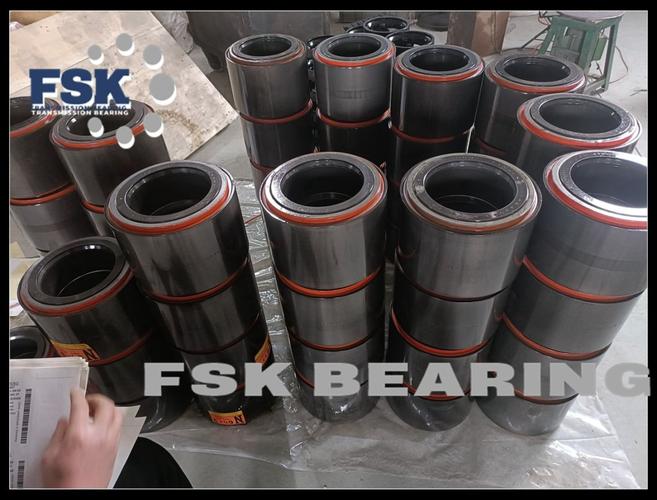High Load Roller Bearings for Industrial Machinery: A Comprehensive Guide for Optimal Performance
Introduction
High load roller bearings are critical components in industrial machinery, designed to withstand extreme radial and axial forces while ensuring smooth operation. As global industries increasingly demand robust equipment capable of handling heavy-duty applications, understanding these specialized bearings becomes essential. This article explores the technical specifications, advantages, and strategic selection of high load roller bearings to help businesses optimize machinery performance.
What Are High Load Roller Bearings?
High load roller bearings are precision-engineered components that utilize cylindrical, spherical, or tapered rolling elements to distribute heavy loads evenly across machinery surfaces. Unlike standard bearings, they feature reinforced cages and advanced heat-treated materials to prevent deformation under intense pressure, making them ideal for mining equipment, construction machinery, and steel production lines.
Key Benefits of High Load Roller Bearings
These bearings reduce operational friction by up to 40%, significantly lowering energy consumption. Their optimized load distribution minimizes wear on adjacent components, extending machinery lifespan by 2-3× compared to conventional bearings. Manufacturers also benefit from reduced maintenance costs due to their sealed designs that prevent contaminant ingress.
Applications Across Industries
High load roller bearings prove indispensable in:
- Mining: Conveyor systems and crushers operating under 500-ton loads
- Energy: Wind turbine pitch controls and hydroelectric generator shafts
- Manufacturing: Heavy press machines and rolling mills
 Real-world case studies show a 22% productivity increase in cement plants after upgrading to premium roller bearings.
Real-world case studies show a 22% productivity increase in cement plants after upgrading to premium roller bearings.
Selecting the Right Bearing Type
Three primary variants dominate industrial applications:
- Tapered Roller Bearings: Best for combined radial/thrust loads in gearboxes
- Spherical Roller Bearings: Self-aligning design for misalignment compensation
- Cylindrical Roller Bearings: High radial load capacity for electric motors
Maintenance Best Practices
Implement a 3-phase maintenance protocol:
- Monthly lubrication analysis using ISO VG 320 grease
- Quarterly vibration monitoring to detect early wear patterns
- Annual load capacity testing with ultrasonic equipment
FAQs
- Q: How often should high load bearings be replaced?
- A: Typically 3-5 years, depending on operational intensity and maintenance quality.
- Q: Can these bearings withstand corrosive environments?
- A: Yes, when specified with stainless steel or ceramic hybrid versions.
- Q: What lubrication is optimal for high-temperature applications?
- A: Synthetic polyurea-based greases with thermal stability up to 200°C.
Conclusion
Investing in premium high load roller bearings directly impacts operational profitability through enhanced durability and efficiency. Explore our certified bearing solutions engineered for extreme industrial demands – request a customized product consultation today.




 13869596835
13869596835